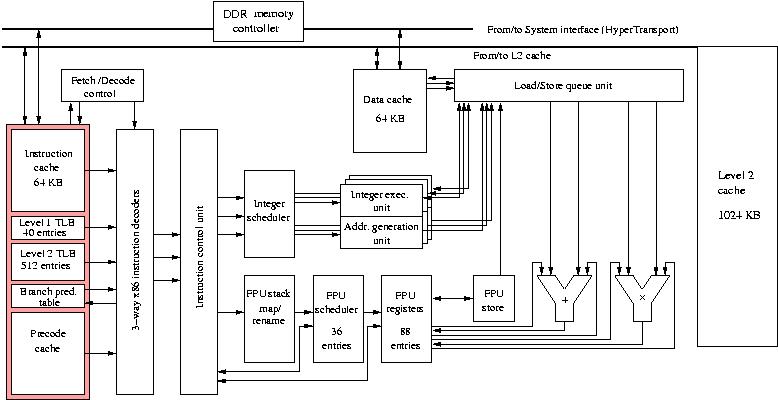
Figure 7: Block diagram of AMD Opteron processor.




The Opteron (long known by its code name Hammer) is the newest processor from AMD and the successor of the Athlon processor. The first versions have become available by early 2003. As it is, like the Athlon, a clone with respect to Intel's x86 Instruction Set Architecture, it will undoubtly frequently be used in clusters. Therefore we discuss this processor here although it is not used presently in integrated parallel systems.
The Opteron processor has many features that are also present in modern RISC processors: it supports out-of-order execution, has multiple floating-point units, and can issue up to 9 instructions simultaneously. In fact, the processor core is very similar to that of the Athlon processor. A block diagram of the processor is shown in Figure 7

Figure 7: Block diagram of AMD Opteron processor.
It shows that the processor has three pairs of Integer Execution Units and Address Generation Units that via an 24-entry Integer Scheduler takes care of the integer computations and address calculations. Both the Integer Scheduler and the Floating-Point Scheduler are fed by the 96-entry Instruction Control Unit that receives the decoded instructions from the instruction decoders. An interesting feature of the Opteron is the pre-decoding of x86 instructions in fixed-length macro-operations, called RISC Operations (ROPs), that can be stored in a Pre-decode Cache. This enables a faster and more constant instruction flow to the instruction decoders. Like in RISC processors, there is a Branch Prediction Table assisting in branch prediction.
The floating-point units allow out-of-order execution of instructions via the FPU Stack Map & Rename unit. It receives the floating-point instructions from the Instruction Control Unit and reorders them if necessary before handing them over to the FPU Scheduler. The Floating-Point Register File is 88 elements deep which approaches the number of registers as is available on RISC processors. (For the x86 instructions 16 registers in a flat register file are present instead of the register stack that is usual for Intel architectures.)
The floating-point part of the processor contains three units: a Floating Store unit that stores results to the Load/Store Queue Unit and Floating Add and Multiply units that can work in superscalar mode, resulting in two floating-point results per clock cycle. Because of the compatibility with Intel's Pentium III processors, the floating-point units also are able to execute Intel SSE2/3 instructions and AMD's own 3DNow! instructions. However, there is the general problem that such instructions are not accessible from higher level languages, like Fortran 90 or C(++). Both instruction sets are meant for massive processing of visualisation data and only allow for 32-bit precision to be used.
Due to the shrinkage of components the chip now can harbour the secondary cache of 1024 KB with an 8-cycle latency and the memory controller. This, together with a significantly enhanced memory bus can deliver up to 6.4 GB/s of bandwidth, an enormous improvement over the former memory system. This memory bus, called HyperTransport by AMD, is derived from licensed Compaq technology and similar to that employed in Compaq's EV7 processors (see the HP/Compaq Alpha EV7). It allows for "glueless" connection of several processors to form multi-processor systems with very low memory latencies.
The clock frequency is in the range of 1.8--2.2 GHz which makes the Opteron is
an interesting alternative for many of the RISC processors that are available
at this moment. Especially the HyperTransport interconnection possibilities
could be highly interesting for building SMP-type clusters. A very large (over
11,000 processor) Opteron cluster will be build by Cray Inc. at Sandia National
Laboratory which will use the HyperTransport facility because it is an open
standard that makes the connection with the Cray network much simpler.



